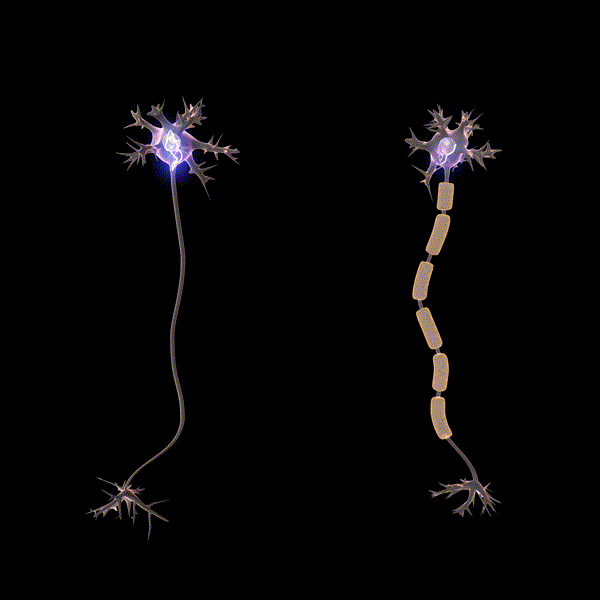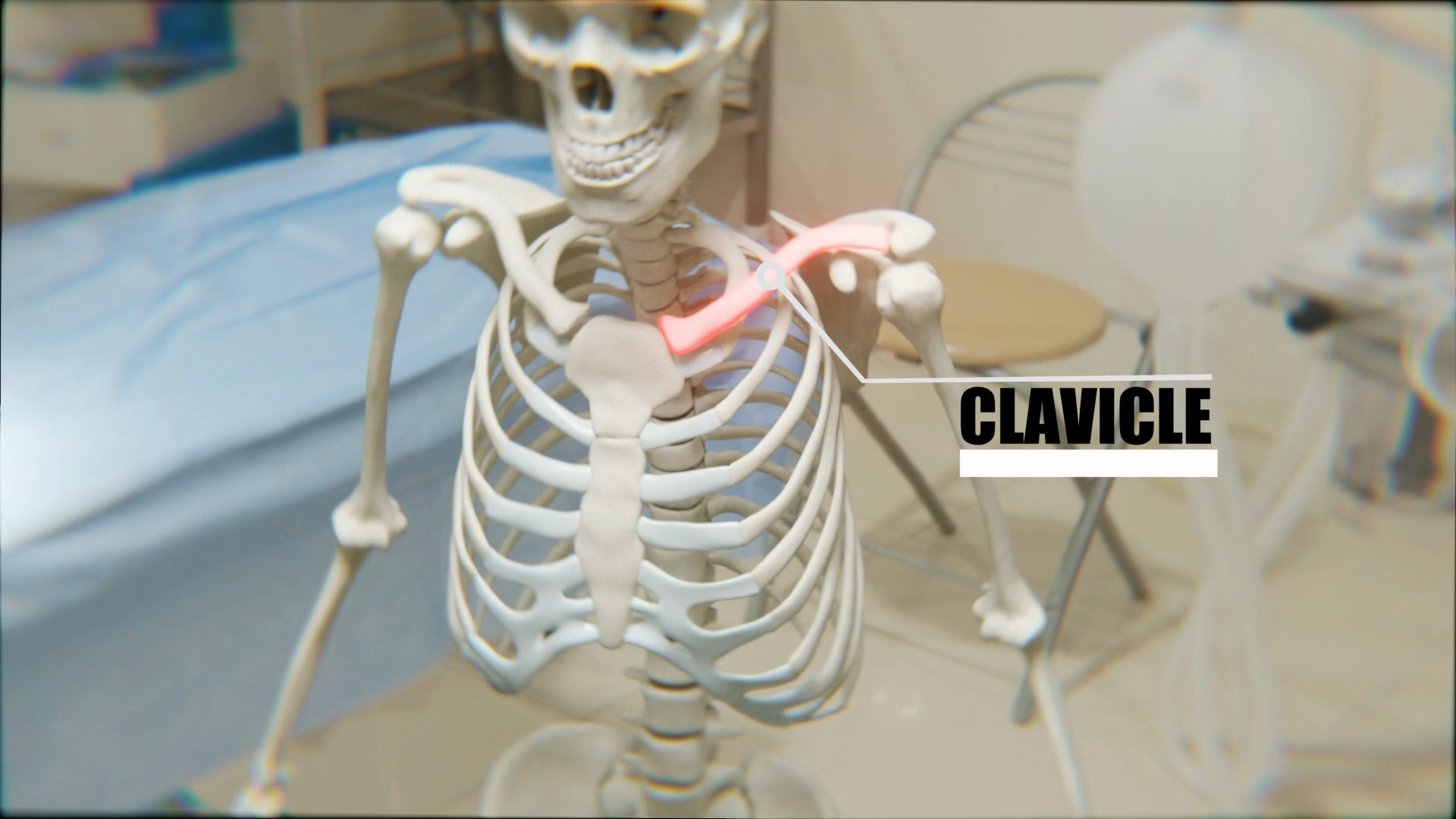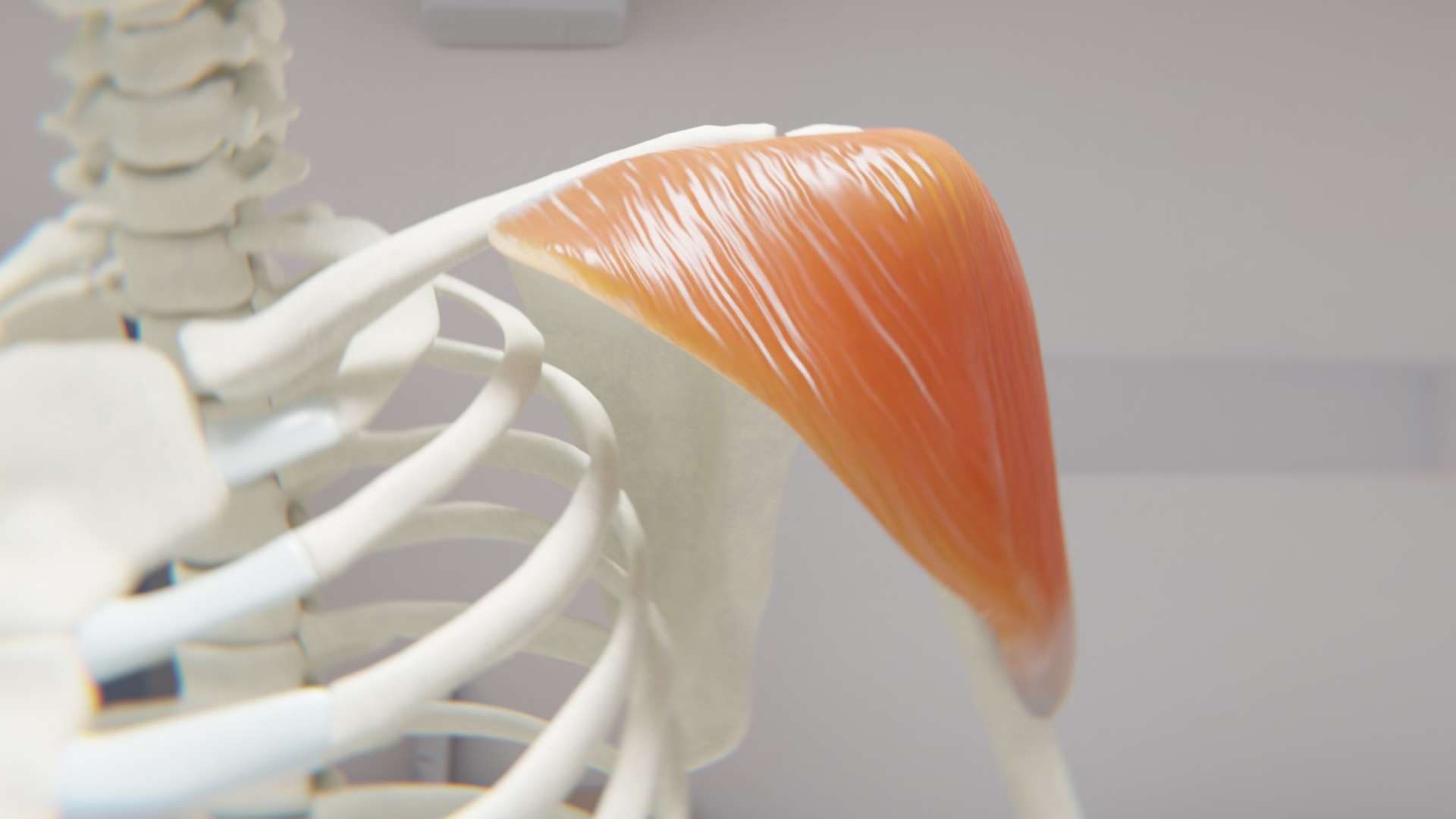Saltatory Conduction - Lets jump the signal.
Saltatory Conduction
Not all neurons are created equal. Some neurons are fast and some are not so. The speed of a neuron is very important in a an evolutionary point of view, because when a lion is trying to hunt you down, you better think fast and run fast. So some neurons are covered by a sheath. The Schwann cells form this sheath and they help in fast conduction of impulses across the nerve.
Myelin is a fatty white substance, made mainly up of cholesterol, acts as an insulation around a wire. The myelin sheath is wrapped around an axon in such a fashion, that there are a few gaps in between, these are called the Nodes of Ranvier. Simply put the impulse jumps from one node to the other node, hence called Saltatory Conduction. Even though strictly speaking, the signal doesn’t jump from one node to another, there is some moderately complex stuff going on in the background, during this type of conduction.
Unlike the wiring in outer world, which conducts electricity by the shifting of electrons, within these biological wires the impulses are conducted through hyperpolarizing or depolarizing the membrane. It is slightly tricky, but I will try to explain it as easily I can. Now, there are alot of ion channels on the cell membrane(neurilemma) of the nerve cells. These ion channels selectively allow some ions to pass through them, and prevent some of the ions. Now, because of these ion channels, there will be a difference in the net charge(either positive or negative) on either side of this membrane.

How does it work?
If the membrane is preventing certain positively charged ions to come inside the cell, there will be more positive charge outside the cell, or there will be more negative charge inside the cell. In other words, there is a net negative charge inside the cell. This is the Membrane Potential. Now when a signal reaches the cell body through its dendrites, this potential is disturbed. This disturbance travels across the axon and then either end up in an effector organ(a muscle or a gland) or send this impulse to another cell.
This disturbance goes in a linear fashion in an unmyelinated neuron, so should traverse the entire neuron. In a myelinated neuron, the disturbance does not have to pass along the entire length, instead the membrane potential is disturbed only where there is no insulator(i.e., at the nodes of Ranvier). So put in other words, the signal jumps from one node to another. Hence myelinated neurons are much much faster than unmyelinated neurons in terms of conduction.
Download Saltatory Conduction Images
| Quality | Format | Size |
|---|---|---|
| No Alpha 1200X1200 | GIF | View | 1.82MB |
| No Alpha 600X600 | GIF | View | 564KB |
| Alpha 1200x1200 | MOV | Download | 12.4MB |




